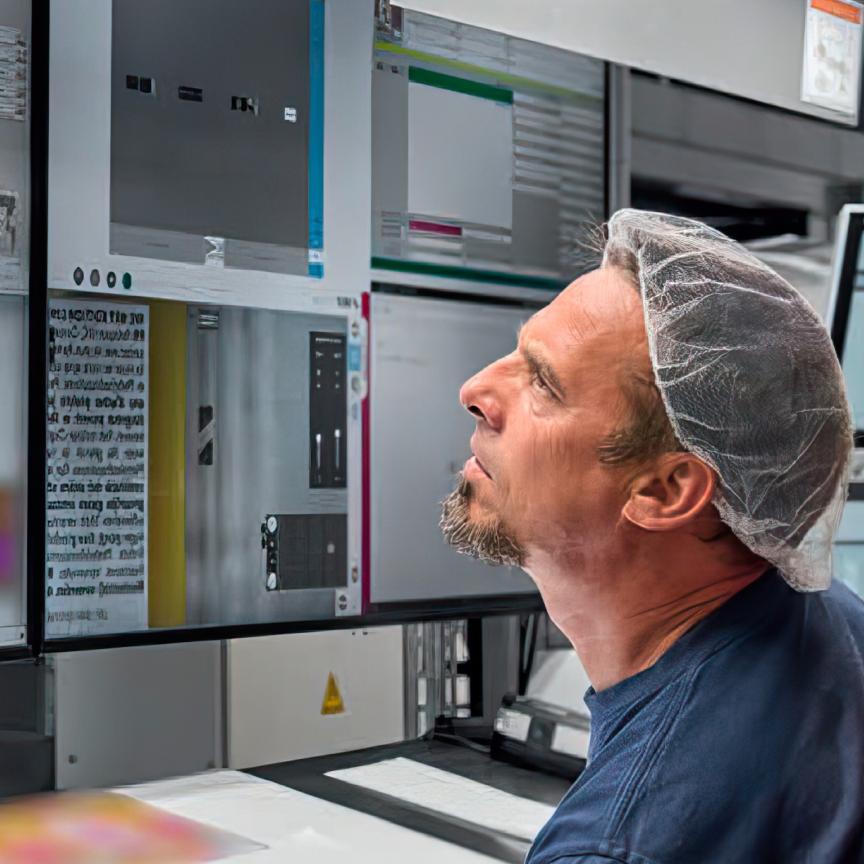To accelerate the wafer fabrication process and reduce waste, Chromasens has launched a machine vision system that detects cosmetic defects on silicon wafers invisible to the human eye, such as sub-pixel sized scratches, cracks, and stains. Based on line scan technology, the Chromasens system addresses two major challenges the industry faces: one, today's smaller chipsets require a higher optical resolution for inspection, and two, wafer dies often feature a reflective surface, making inspection difficult using only one type of lighting.
Conducting wafer inspections typically requires chip manufacturers to prepare multiple lighting setups to capture distinct categories of defects, a process that is both expensive and time-consuming. Camera resolution of 5µm/px or higher is also necessary for accurately inspecting smaller chipsets, yet sensors of this size often have slow frame rates, therefore reducing production throughput and cycle times. The Chromasens system solves these problems, while also offering the benefit of a small footprint.
The Chromasens wafer inspection system consists of Chromasens allPIXA evo 15k CxP4 mono cameras, Myutron XLS05 lenses, an XCL4 LED controller, and Corona II lighting with coaxial light modules for dark field and bright field illumination. The allPIXA evo 15k CxP4 mono camera is equipped with a trilinear CMOS line scan sensor delivering maximum line length of 15,360 pixels (15K), meaning images captured will have far higher accuracy compared to standard area scan cameras. Leveraging the CoaXPress (CXP) interface enables the camera to achieve full resolution of 15K at line rates up to 68.4 kHz.
Importantly, the allPIXA evo 15k CxP4 camera can trigger up to four different flash controller channels synchronized to its line acquisition using a multi-channel LED flash. By integrating both Corona II bright field and dark field illuminations, the system acquires multiple lighting conditions in one scan of the wafer. All types of non-directional scratches on the wafer can be captured with dark field illumination by getting high light intensity into deep grooves. Conversely, with bright field illumination, the stains on the wafers are more apparent by diffuse light. Bright field RGB LEDs inspect wafer coatings via interference effects.
The Chromasens line scan system is modular to accommodate different wafer sizes. Users can choose from a variety of options including the number of cameras, color or mono imaging, Field-of-View, and the illumination setup. Master slave synchronization is easily deployed for precise image alignment to detect high contrast defects when using multiple cameras. Included with the package is the intuitive Chromasens GCT software for Windows and Linux, which is compatible with GenICam CXP frame grabbers.

